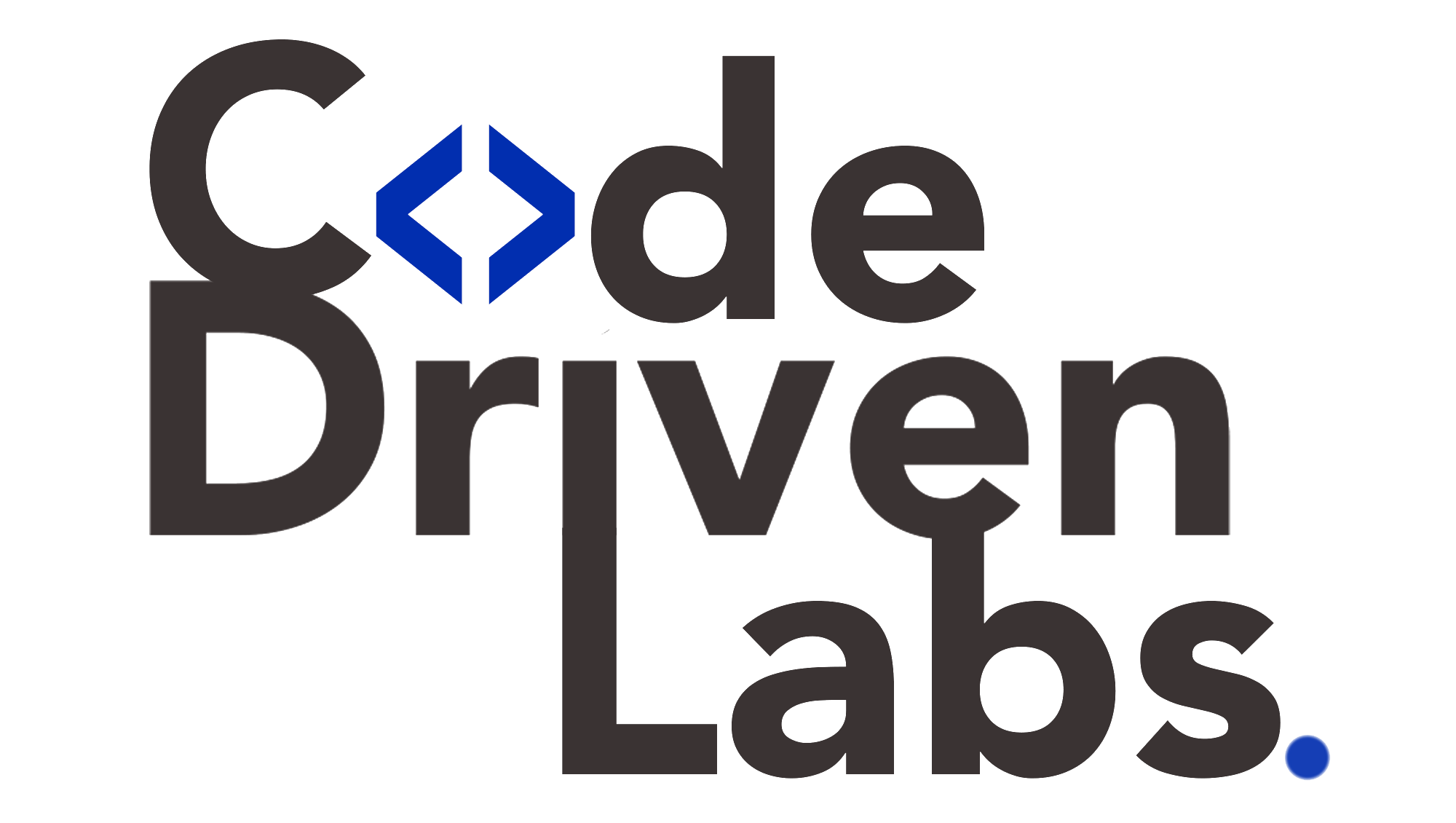Level up your business with US.
- Home
- Shift-Left Testing in 2025: Why Early Testing is No Longer Optional
Shift-Left Testing in 2025: Why Early Testing is No Longer Optional
July 14, 2025 - Blog
Shift-Left Testing in 2025: Why Early Testing is No Longer Optional
In 2025, delivering high-quality software quickly is no longer a competitive advantage — it’s a basic requirement. Yet, as software complexity grows and user expectations rise, bugs and technical debt remain major bottlenecks. Traditional testing methods, which focus on quality assurance at the end of development, simply can’t keep up.
Enter Shift-Left Testing — a modern approach that embeds testing much earlier in the Software Development Lifecycle (SDLC). It’s not just a best practice anymore. It’s a necessity.
This blog explores the importance of shift-left testing in 2025, its benefits, challenges, and how Code Driven Labs helps businesses adopt early testing practices for greater efficiency, quality, and reliability.

What Is Shift-Left Testing?
Shift-left testing is the practice of moving testing activities earlier in the SDLC — from post-development to the planning, design, and coding phases. Rather than waiting until the end to test functionality, teams proactively write tests, automate validations, and detect potential defects as early as possible.
This approach contrasts with the traditional “shift-right” model, where testing typically occurs after software is fully developed.
Why Shift-Left Testing Is Non-Negotiable in 2025
1. Software Is Released Faster Than Ever
With the rise of Agile and DevOps, release cycles are shorter — sometimes weekly or even daily. Waiting until the end of development to test introduces unacceptable risks. Early testing ensures that quality keeps pace with speed.
2. The Cost of Bugs Is Higher Later
Studies continue to show that the cost of fixing bugs increases dramatically the later they are found. A bug caught during the design phase may cost a fraction of what it would during production. Shift-left testing catches defects early, reducing remediation costs.
3. Security and Compliance Are More Critical
In regulated industries like finance, healthcare, and e-commerce, compliance and security can’t be afterthoughts. Shift-left practices embed security testing (DevSecOps) and compliance checks from the start, minimizing vulnerabilities and violations.
4. Modern SDLC Requires Continuous Feedback
Shift-left testing supports continuous integration and delivery (CI/CD) by enabling fast feedback loops. Developers can fix issues before they snowball, keeping the codebase clean and reducing bottlenecks during release.
Key Components of Shift-Left Testing
-
Unit testing during development
-
Static code analysis during coding and code reviews
-
Automated test case generation during design
-
API and integration testing early in the sprint
-
Security testing through static and dynamic analysis tools (SAST/DAST)
-
Infrastructure testing in early CI/CD stages using Infrastructure as Code (IaC)
Benefits of Shift-Left Testing
1. Faster Time-to-Market
By catching issues early and automating tests, shift-left testing reduces rework and delays. This leads to quicker releases and improved delivery cadence.
2. Higher Software Quality
Frequent, early feedback leads to better code, fewer bugs, and more robust applications.
3. Reduced Costs
Fixing issues early saves money on both development and customer support, as fewer bugs reach production.
4. Improved Collaboration
Developers, testers, and DevOps teams collaborate more closely when testing is integrated from the start, breaking silos and promoting shared responsibility for quality.
Common Challenges in Adopting Shift-Left Testing
-
Tool overload: Selecting and integrating the right test automation tools can be complex.
-
Cultural resistance: Developers may resist taking on testing responsibilities traditionally owned by QA.
-
Skills gap: Not all team members are familiar with test-driven development (TDD) or behavior-driven development (BDD).
-
Maintaining test coverage: Without the right practices, test suites can become outdated or redundant.
These challenges are real—but they’re solvable with the right approach and partner.
How Code Driven Labs Helps Teams Embrace Shift-Left Testing
Code Driven Labs specializes in modern DevOps practices, automation, and quality engineering. They help businesses seamlessly integrate shift-left testing into their software delivery workflows to achieve faster, safer, and more scalable releases.
1. SDLC and QA Assessment
Before implementing shift-left practices, Code Driven Labs evaluates your current development and testing processes to identify:
-
Gaps in early-stage testing
-
Areas for automation
-
Tool integration opportunities
-
Team roles and responsibilities
This ensures a tailored shift-left strategy that aligns with your goals.
2. Automation Framework Design
Early testing depends heavily on automation. Code Driven Labs helps you:
-
Build reusable unit and integration test templates
-
Implement CI/CD-triggered automated tests
-
Integrate tools like JUnit, Cypress, Selenium, Postman, and SonarQube for automated validations
Automation helps ensure test coverage without slowing development.
3. Test-Driven and Behavior-Driven Development Enablement
Code Driven Labs trains teams to adopt TDD and BDD approaches:
-
Developers write tests before code, improving logic and modularity
-
Business stakeholders define expected behavior via BDD specs
-
Test scripts are aligned with user stories and acceptance criteria
This ensures that functionality meets business needs from day one.
4. Static Code and Security Testing
Early-stage quality isn’t just about functionality. Code Driven Labs integrates:
-
Static Application Security Testing (SAST)
-
Code linting and style enforcement
-
Dependency vulnerability scanning
This shift-left security approach ensures your code is both clean and secure before it ever reaches production.
5. Collaboration and Culture Coaching
One of the biggest challenges in shift-left testing is mindset. Code Driven Labs helps transform your culture by:
-
Clarifying roles in shared testing responsibility
-
Coaching developers and QA engineers in joint workflows
-
Setting up agile practices like daily stand-ups with test planning
6. Ongoing Optimization and Monitoring
Testing isn’t a one-time setup. Code Driven Labs provides ongoing support to:
-
Monitor test performance and coverage
-
Refactor outdated test cases
-
Optimize test execution times
This ensures your shift-left approach evolves as your product and team grow.

Final Thoughts
Shift-left testing in 2025 isn’t just a buzzword. It’s a critical transformation that drives quality, speed, and collaboration in modern software development. Early testing reduces bugs, lowers costs, and builds trust in every release.
However, adopting shift-left testing requires more than tools. It demands a cultural shift, strategic automation, and cross-functional collaboration — all of which Code Driven Labs can help you implement effectively.
